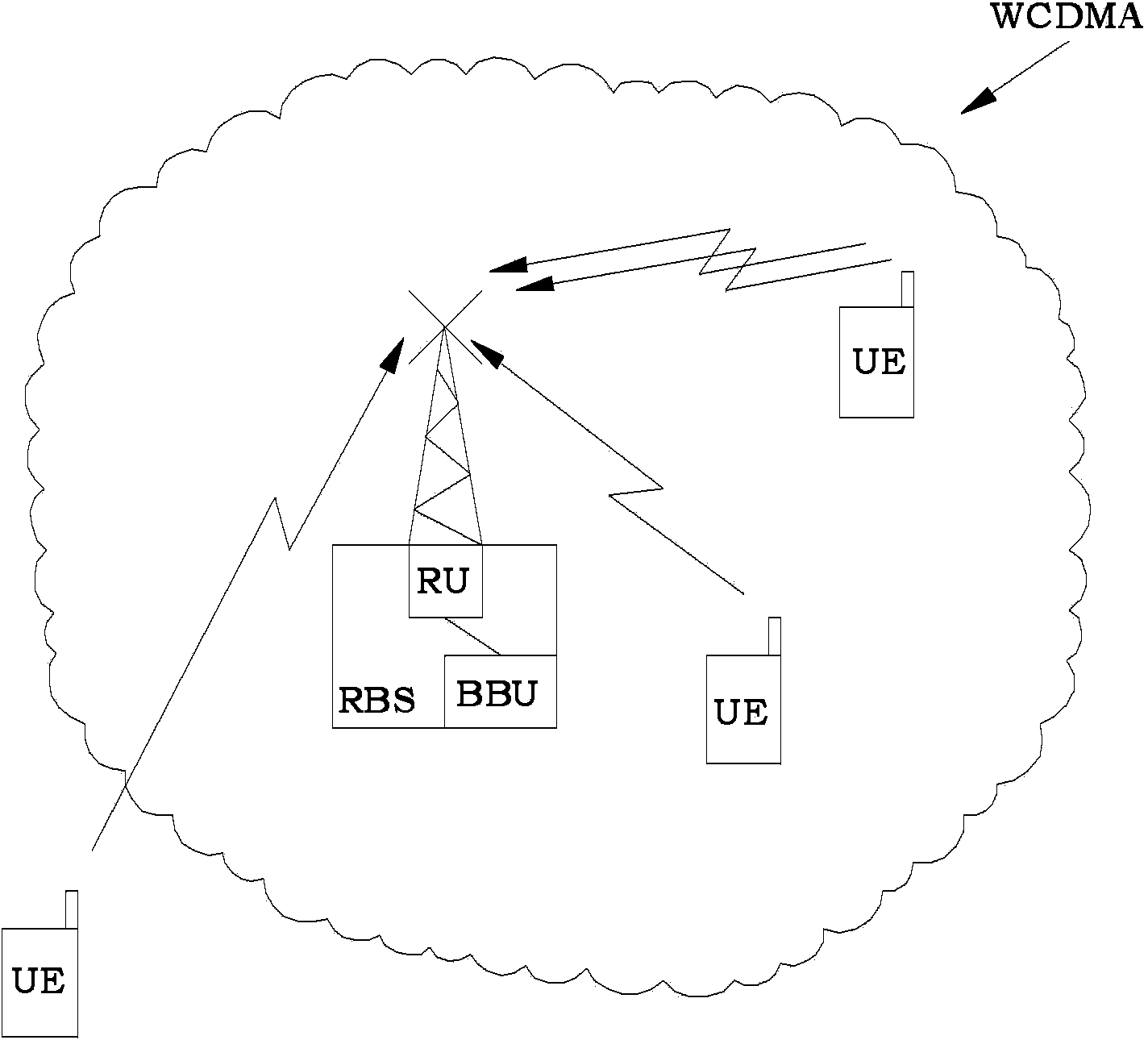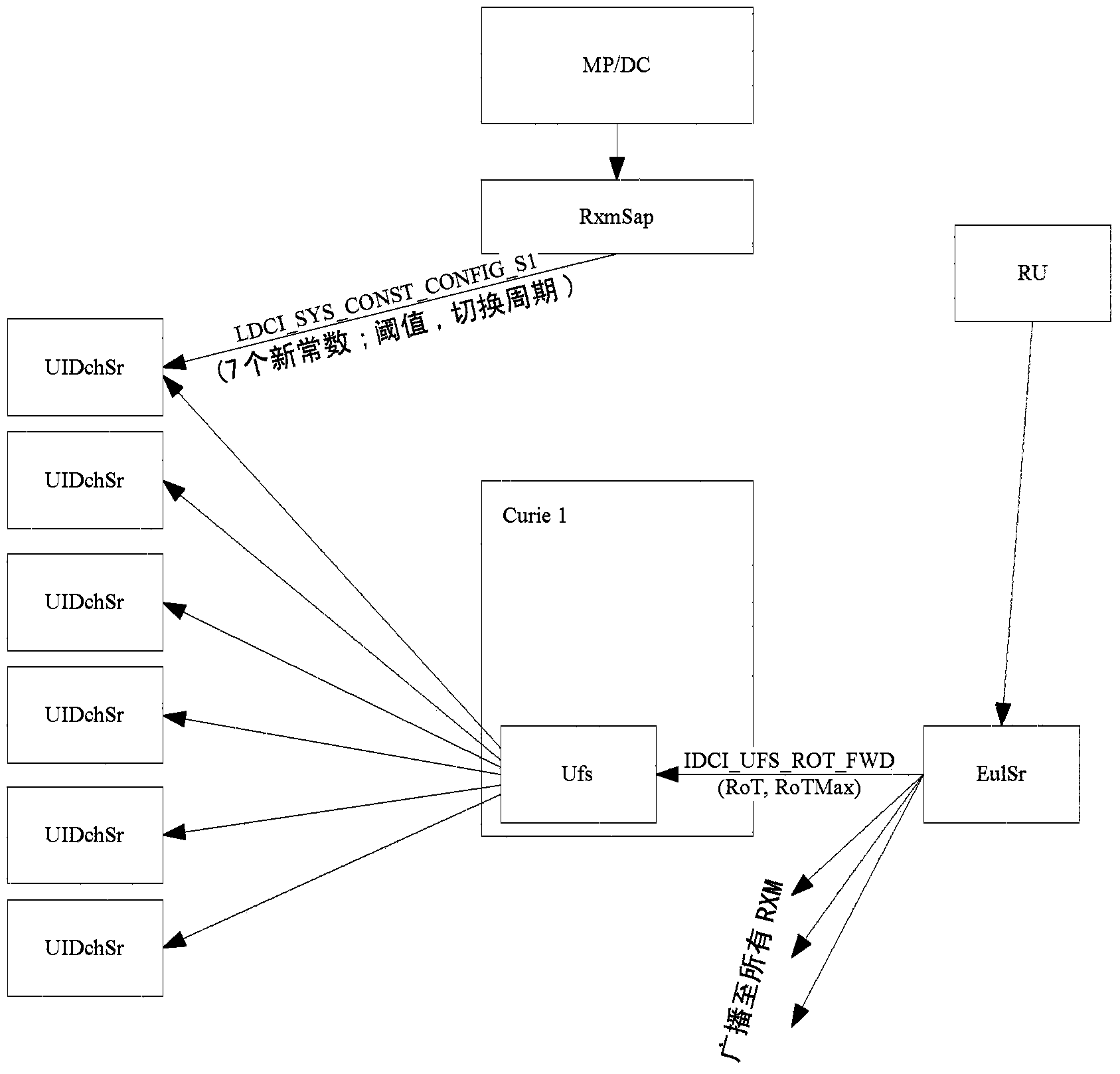Uplink congestion control
A technology for link congestion and control methods, applied in network traffic/resource management, electrical components, wireless communication, etc., can solve problems such as increasing complexity of hardware, increasing block error rate, and not being able to use FCC schemes aggressively
- Summary
- Abstract
- Description
- Claims
- Application Information
AI Technical Summary
Problems solved by technology
Method used
Image
Examples
Embodiment Construction
[0047] Hereinafter, embodiments of the present disclosure will be described based on the drawings. In the following description, some specific embodiments are for illustrative purposes only, and should not be construed as any limitation to the present disclosure, but as examples thereof. Descriptions of conventional structures or constructions will be omitted so as not to obscure the understanding of the present disclosure.
[0048] To alleviate the problems with the FCC approach (i.e., high demand for fast RoT measurements that may not be supported by current mainstream Node B hardware), proposed in U.S. Provisional Application No. 61 / 555,669, filed November 4, 2011 The Slow Congestion Control (SCC) scheme, the entire contents of which are incorporated herein by reference. In the SCC scheme, congestion control is based on radio frame-based RoT measurements (eg, a sampling rate of 10 ms). The basic idea is that when a newly received RoT measurement is above a configurable SC...
PUM
 Login to View More
Login to View More Abstract
Description
Claims
Application Information
 Login to View More
Login to View More - R&D
- Intellectual Property
- Life Sciences
- Materials
- Tech Scout
- Unparalleled Data Quality
- Higher Quality Content
- 60% Fewer Hallucinations
Browse by: Latest US Patents, China's latest patents, Technical Efficacy Thesaurus, Application Domain, Technology Topic, Popular Technical Reports.
© 2025 PatSnap. All rights reserved.Legal|Privacy policy|Modern Slavery Act Transparency Statement|Sitemap|About US| Contact US: help@patsnap.com



